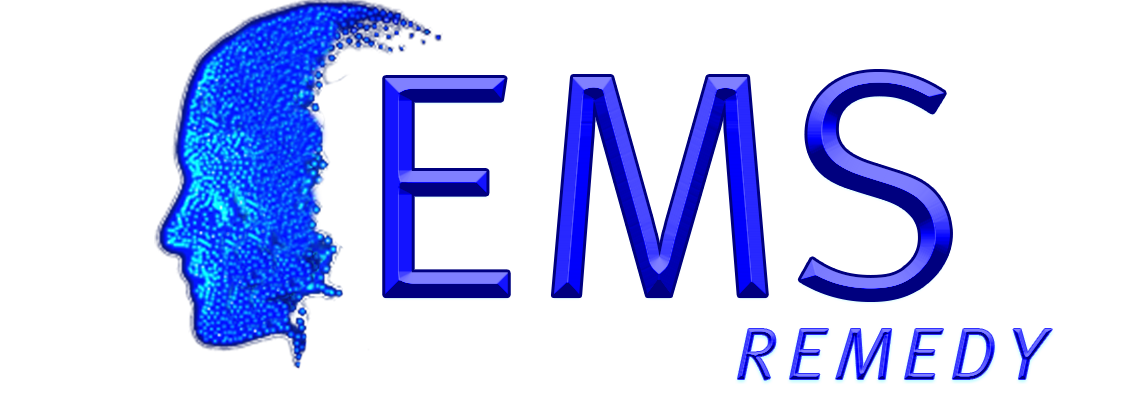Electric muscle stimulation (EMS) is a technique that uses electrical impulses to contract muscles. It is often used to help people with muscle weakness or pain. EMS can also be used to improve athletic performance.
EMS works by sending electrical impulses through the skin to the muscles. These impulses mimic the signals that the brain sends to the muscles when they contract voluntarily. The electrical impulses cause the muscles to contract, even if the person is not trying to move them.
Improved muscle strength
Reduced pain
Increased blood flow
Reduced muscle atrophy
In recent years, conventional exercise programs have become one important cornerstone in managing patients with cardiovascular disease. It is clearly documented that these exercise training programs benefit exercise capacity and quality of life.
Large muscle groups: thigh musculature, buttock musculature, abdominal musculature, back musculature, chest musculature
Small muscle groups: calf musculature, biceps and triceps, shoulder musculature, forearms, fingers, and toes.
EMS does not require additional weights because of the stimulation current, so that the joints can be spared with this form of training. Therefore, using a muscle stimulation device with a stimulation current can be particularly useful for people with joint pain or diseases such as arthrosis or rheumatism.
The muscles are located around the ligaments and joints. Strong muscles act as a protective layer for your ligaments and joints and can help you be less prone to injury. With EMS training, you also contribute to the prevention and save yourself some treatments for pain relief.
If you combine EMS with classic training exercises, you increase the intensity of the workout and can reduce the training time for the same results. In addition, an EMS device saves you a trip to the gym.
Have you suffered an injury and need to immobilise the affected area for some time? Then an EMS device is the ideal support to maintain the muscles near the injured area thanks to the targeted application.
The combination of classical exercises and external current pulses from an electrostimulation device can increase the intensity of your training and, thus, also your calorie consumption. By burning more calories on training days, you can increase your basal metabolic rate in the long term due to increased muscle mass.
If you suffer from cellulite or want to tighten your skin, it is recommended to train the muscles in the affected areas. Muscle training can tighten your skin and reduce the appearance of cellulite. By using a training device with a stimulation current in combination with conventional exercises, you can intensify this effect. EMS training can also contribute to anti-ageing efforts.

